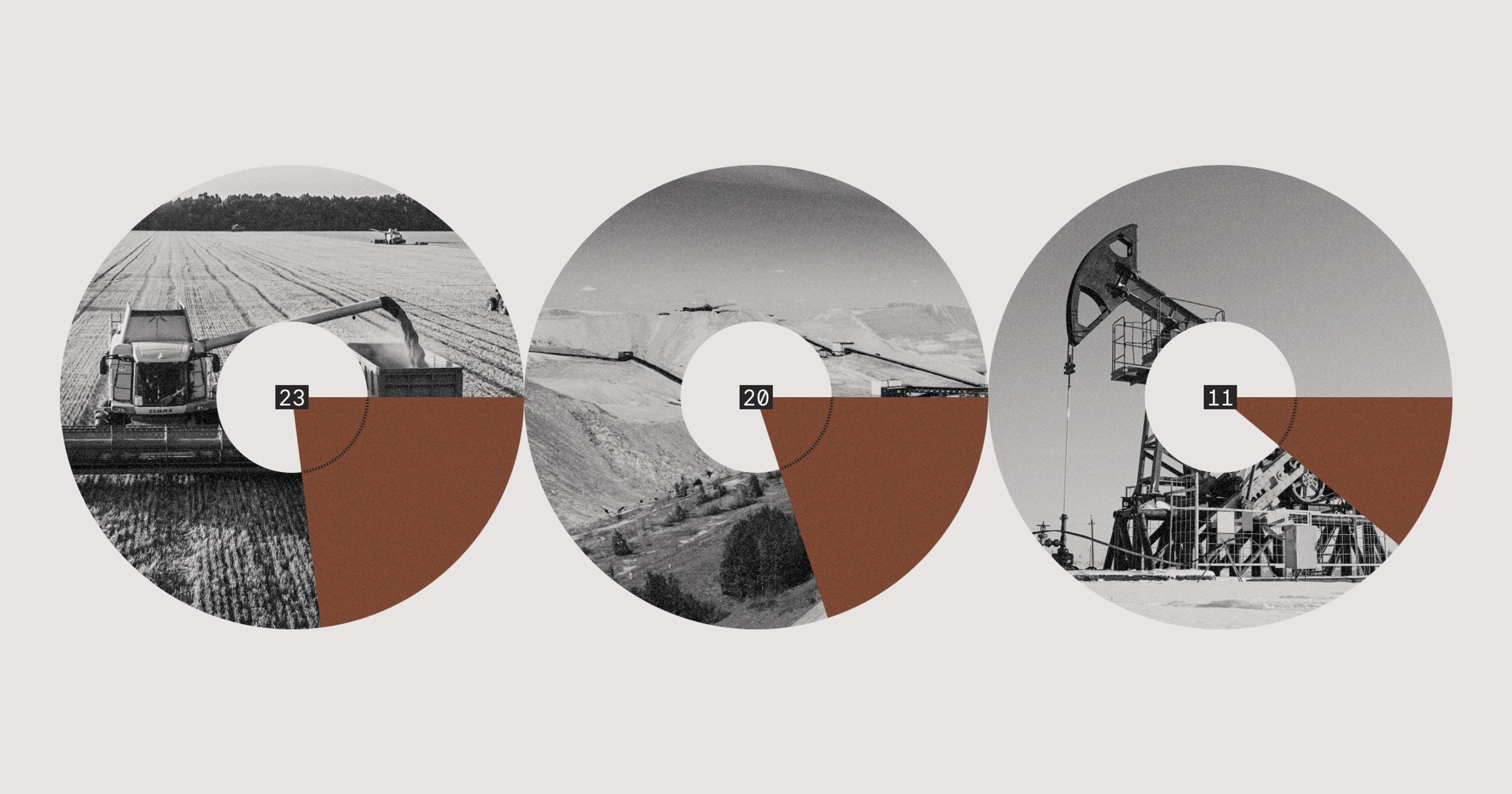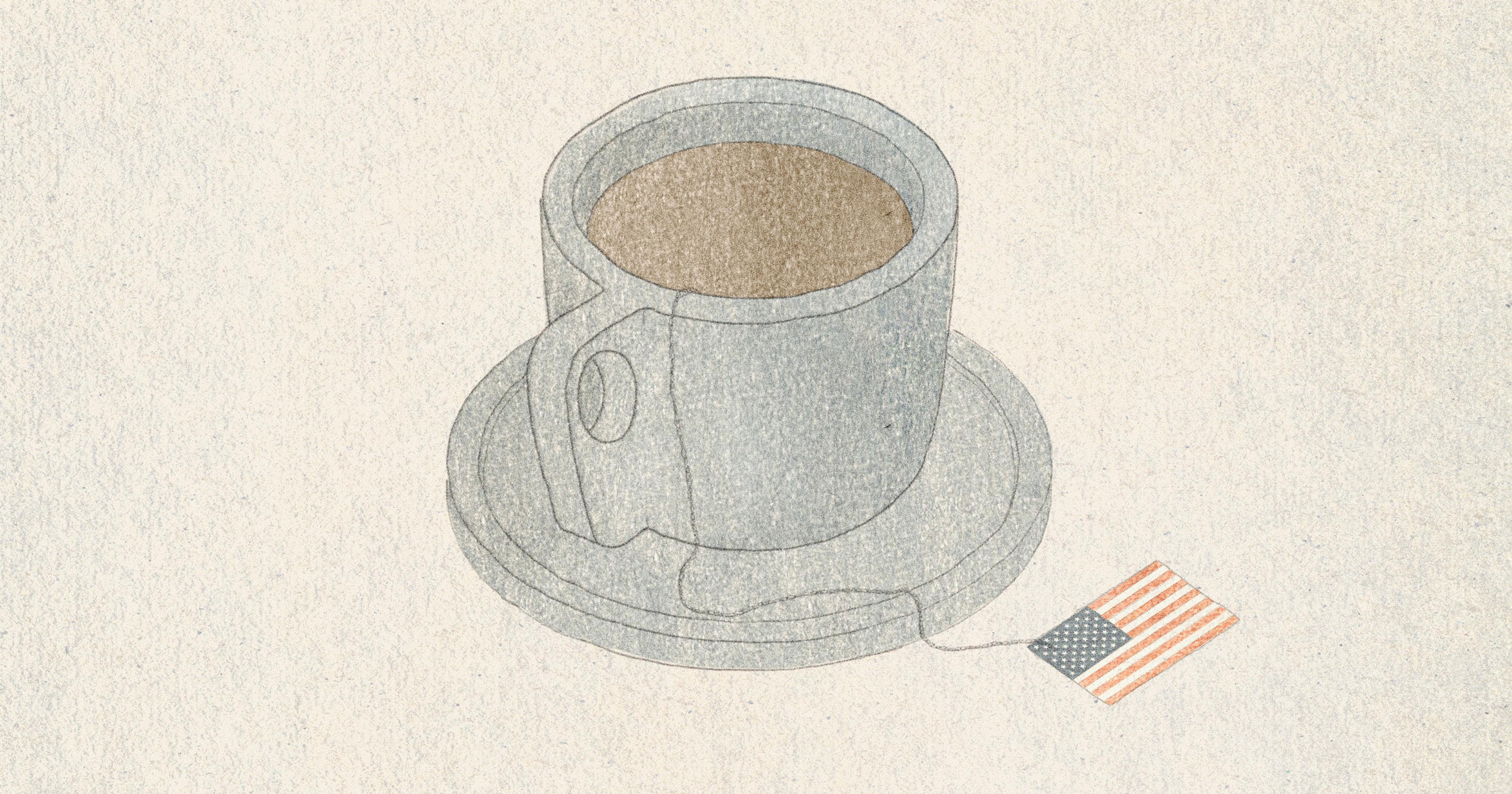American producers will see short-term gains, but face long-term uncertainty.
The Russian invasion of Ukraine is sending ripples of uncertainty through nearly all global markets. As war intensifies, turbulence in the agricultural sector is significantly shaping grain, fuel and fertilizer prices worldwide.
In recent years, the Black Sea region has come to play an important role in the global food supply. Russia is the world’s leading wheat exporter; combined with Ukraine, the two countries account for about 23% of global wheat exports. Ukraine alone exports nearly half (46.9%) of the world’s sunflower oil and 16% of its corn.
Mediterranean, Middle Eastern and African countries rely heavily on Black Sea grain exports to feed their populations: Egypt imports 85% of its wheat from Russia and Ukraine, while Turkey, Pakistan and Madagascar all import more than half of their wheat from the two countries.
But as Russian forces advance through Ukraine, Ukrainian farmers will be unable to sow, harvest, or ship wheat as they have in previous years. And as sanctions on Russia from around the globe mount, demand for its exports will certainly diminish.
Already, the conflict is posing logistical challenges for agricultural shipments from the region. On February 24, a cargo ship chartered by international agribusiness corporation Cargill was struck by a missile in the Black Sea off the coast of Ukraine.
Port closures, too, are posing challenges for Black Sea agricultural exports. Last week, the Ukrainian military paused shipments from all of its ports — including the key grain exporting hubs of Odessa and Chornomorsk. And Russia closed the Azov Sea, which contains smaller ports that export grain mainly to neighboring countries, to commercial shipping. Shipments of Ukrainian sunflower oil to India, the world’s largest consumer of the cooking oil, are also facing disruptions.
Sanctions from the West have not yet banned food imports from Russia. But those taking the heaviest punitive steps, like the U.S. and E.U., have never been significant markets for Russian grain. As Western nations bar Russian banks from international financial infrastructure, like the global money transfer system SWIFT, Russia’s ability to participate in global trade will be severely restricted.
Around the world, markets are reflecting this turbulence. On March 2, wheat futures on the Chicago Board of Trade rallied to a 14-year high and have continued to spike at the time of publication. In Paris on February 25, milling wheat prices rose 16% to reach a record high. But will American farmers, or producers in other grain yielding nations like Argentina or Australia, realize any benefits from high grain prices? In the short term, it’s likely: farmers with grain in storage will be able to sell now or lock in favorable futures prices. Over the longer term, climbing fuel costs and conflict-driven turmoil in the fertilizer market suggest it’s unlikely that American farmers will see sustained gain in margins despite rising grain prices.
Intervention from China could soon bolster demand for Russian wheat. Historically, China has restricted Russian wheat imports due to concerns over plants infected with Tilletia controversa, a pathogenic fungus that causes dwarf bunt disease, which leads to stunted growth and crop loss. On February 25, the Chinese government eased restrictions on wheat imports from Russia — a move that could alleviate pressure from Western sanctions on Russia and ultimately shift grain markets back toward pre-conflict equilibrium.
Fertilizer markets are experiencing volatility too. On February 24, U.S. Secretary of Agriculture Tom Vilsack warned fertilizer suppliers against price gouging over the Russia-Ukraine war. Vilsack called the potential for fertilizer companies to take advantage of circumstances “my biggest and deepest concern.”
And understandably so: sanctions on fertilizer imports from Russia could prove a disruptive force in markets around the world. Russia, the world’s largest exporter of fertilizer and a producer of key inputs ranging from potash to natural gas, exported $8.85 billion worth of fertilizer in 2019, according to OEC data. And the U.S. is the third largest importer of Russian fertilizers, behind Brazil and China.
Most concerning for global fertilizer markets is the availability of potash — a critical input for nitrogen fertilizers, of which Russia produces 20% of the world’s supply. Only Canada produces more. Belarus, a leading potash producer and Russian ally also facing sanctions, diverted potash from a Lithuanian port to Russia, further strengthening the Kremlin’s grip on fertilizer supply chains.
While North American fertilizer prices have risen from pre-conflict levels, according to the Green Markets price index, Brazil will likely feel the greatest effects of international sanctions on Russian fertilizer exports. Brazilian farmers depend heavily on nitrogen fertilizers — about 85% of which are imported — for corn, coffee and soybean crops. And throughout the country, fertilizer retailers are reporting record sales as farmers scramble to scoop up supplies. As Brazil competes with America for market share in commodity crops, this dynamic may benefit American farmers in the short term.
As in nearly every other sector, rising gasoline and diesel prices are also increasing production costs in agriculture. Russia accounts for about 11% of global oil production. As Russian forces moved into Ukraine, oil reached $100 per barrel, an eight-year high. While prices have fallen slightly since, sanctions on Russian oil exports will likely mean sustained high fuel costs.
Commodities markets are global. And while foreign nations that rely heavily on Russian grain, fertilizer, and oil will see the greatest conflict-related negative effects, American markets will also experience volatility. The coming days, weeks and months will likely pose more questions than answers.







